The benefits of natural light and simple ways to boost the amount of daylight in your home
Discover why – and how – you should boost natural light levels for your physical and mental health



Watch any property show or read any estate agent’s write-up and you’ll notice a common theme: how light the rooms are. Natural light is the reason basement flats are cheaper and south-facing gardens are desirable. So, what’s the big deal? After all, with the right lighting trends, any room can feel bright and beautiful.
Environmental psychologist Dr Sally Augustin writes in an article for Psychology Today, ‘Research consistently shows that spending more time in natural light while indoors does all sorts of great things for what goes on in our minds and bodies, as long as we keep stress-inducing glare in check.’
The benefits of natural light
We asked the experts why natural light can keep us happy and healthy, and simple ways we can boost the amount of daylight we receive at home.
1. It improves your mood
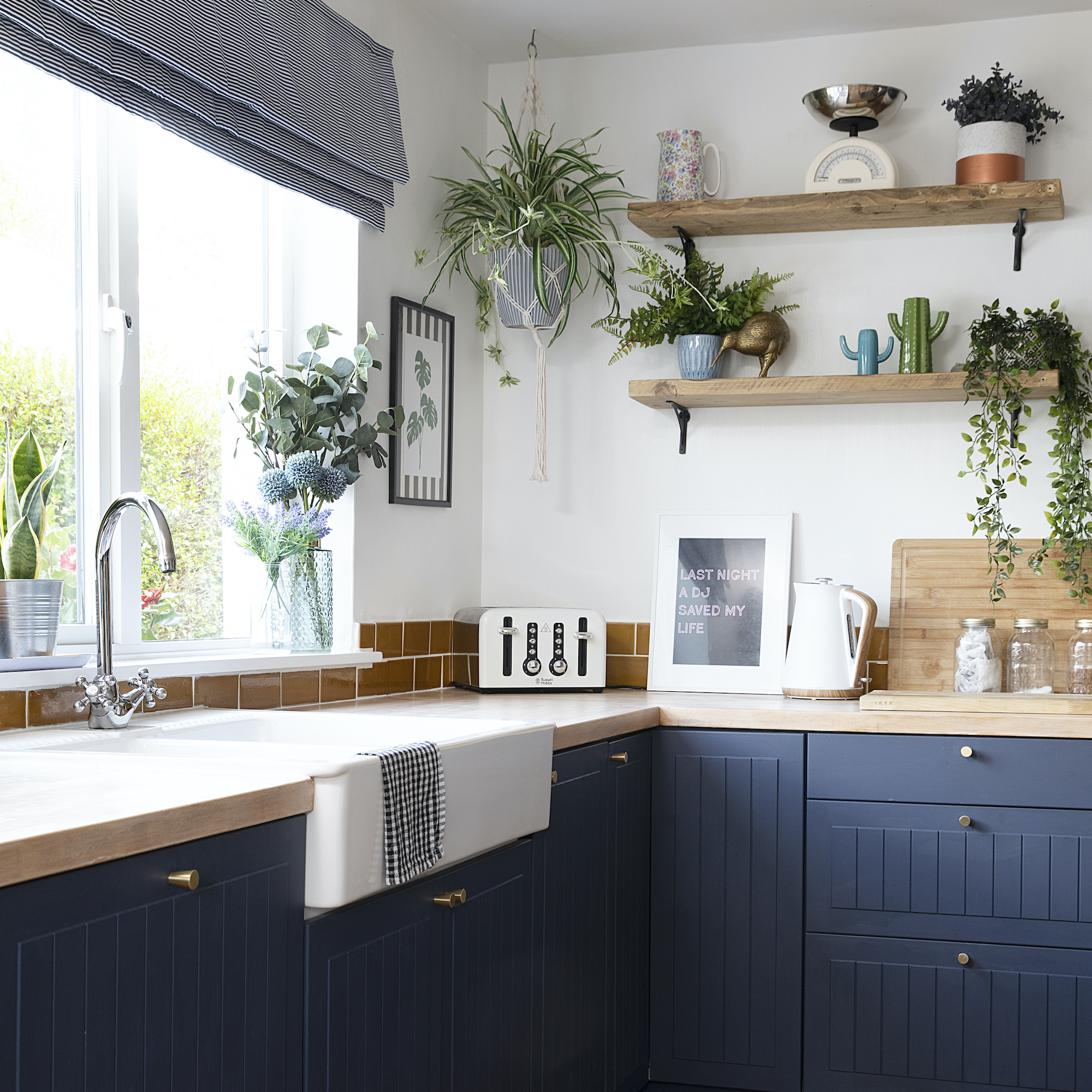
Neurotherapist James Roy at Brainworks says, ‘This is the time of year when sunlight dims and natural light is in short supply. Without natural light, our vitamin D production slows and that means we can start to feel low, fatigued, anxious and irritable, often accompanied by a low feeling of hopelessness.
A recent survey by Blinds 2go revealed that with the onset of earlier sunsets and cooling temperatures, an astounding 70% of respondents grappled with feelings of low energy, sluggishness, and agitation. According to the NHS, 2 million people in the UK suffer from Seasonal Affective Disorder (or ‘winter blues’).
The NHS guidance on preventing SAD recommends that you make your work and home environments as light and airy as possible. Georgina Sturmer a counsellor said: ‘We can’t halt the changing of the seasons any more than we can hold back the tides of the sea. But if we take the opportunity to make changes to our home environment, making it feel more light and bright, it can help us to feel as if we have more control over our everyday life. This in turn can make SAD feel more manageable and less overwhelming.’
2. It makes you smarter
Environmental psychologist Dr Sally Augustin says that when our bodies are exposed to plenty of natural light, ‘Cognitive performance and creative thinking get a boost, as does our ability to learn new material. We also have better self-control.’
Sign up to our newsletter for style inspiration, real homes, project and garden advice and shopping know-how
If you want to boost your productivity at work, move your desk nearer a window: ‘Sunlight has proven to help individuals with motivation, promoting physical activity and work ethic,’ explains Navin Khosla, pharmacist at Now Patient. ‘Utilising south-facing windows for workspaces will likely make you more motivated throughout the workday – something important for those working from home.’
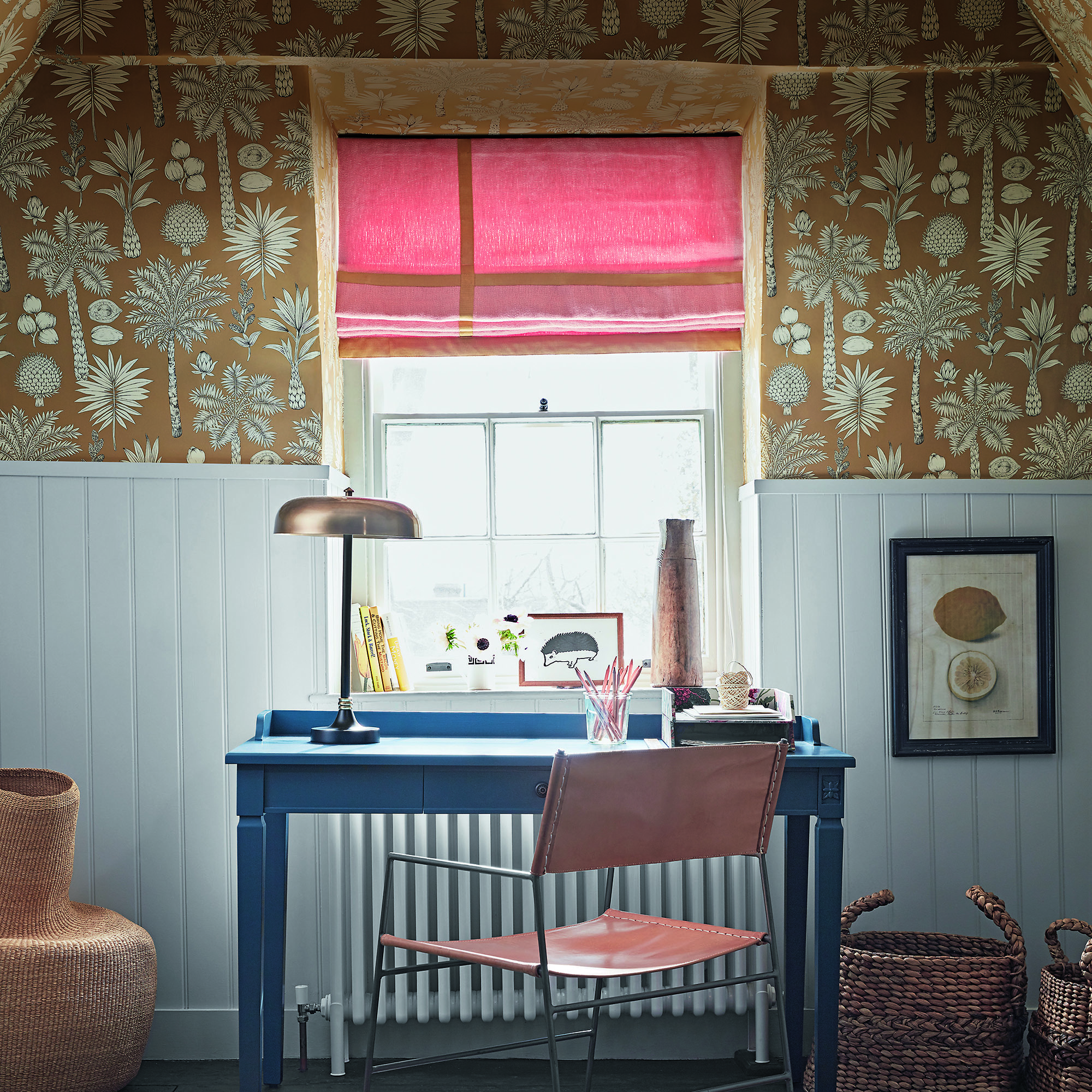
3. It lowers stress levels
‘Stress levels can fall as circadian rhythms align with a person’s place on the planet – which is good for our body as well as our mind,’ says Dr Sally Augustin. Exposure to sunlight reduces our bodies’ release of the stress hormone cortisol, which raises blood sugar and in excess can cause high blood pressure and rapid weight gain.
4. It helps you sleep better
Brainworks, specialists in neurofeedback therapy, says, ‘Exposure to natural light is essential for supporting your hormonal system. This is because the amount of light that enters your eyes influences the production and regulation of hormones in your body, such as serotonin, melatonin and cortisol, which play a critical role in mood and sleep patterns.’
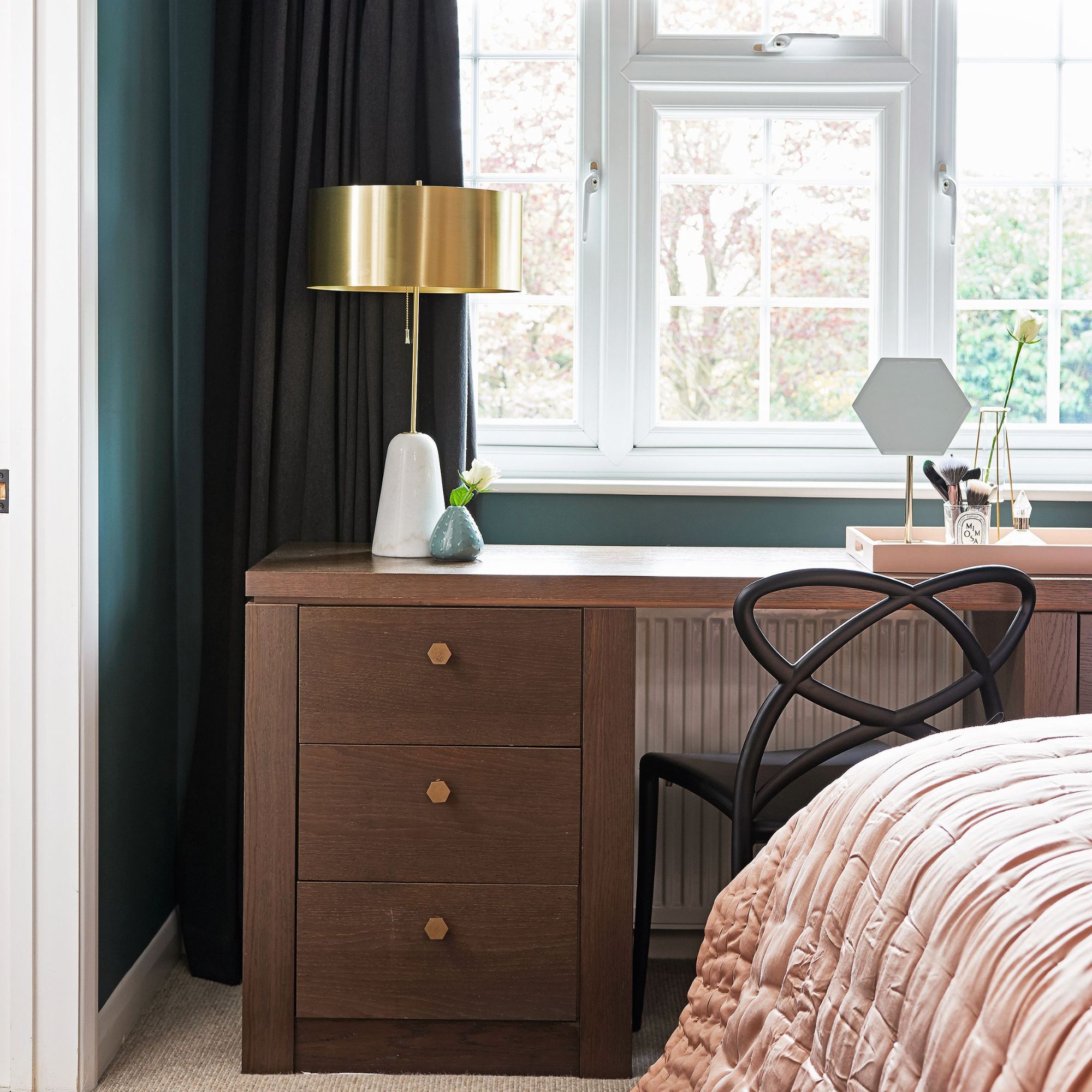
5. It boosts physical health
Environmental psychologist Dr Sally Augustin says, ‘Being in natural light has been tied directly to all sorts of desirable physical conditions, such as lower blood pressure levels and production of mood enhancing neurotransmitters; sleeping for longer periods makes it more likely that we’ll have the energy we need to make the most of our day, which is good for both our mental and physical wellbeing.’
How to boost natural light in a room
The benefits of natural light are clear as one of the best ways to improve your well-being at home. There are many simple and effective ways to amplify the natural light in your home and reap all the benefits for your mental and physical well-being.
1. Paint your walls and ceiling in a pale colour
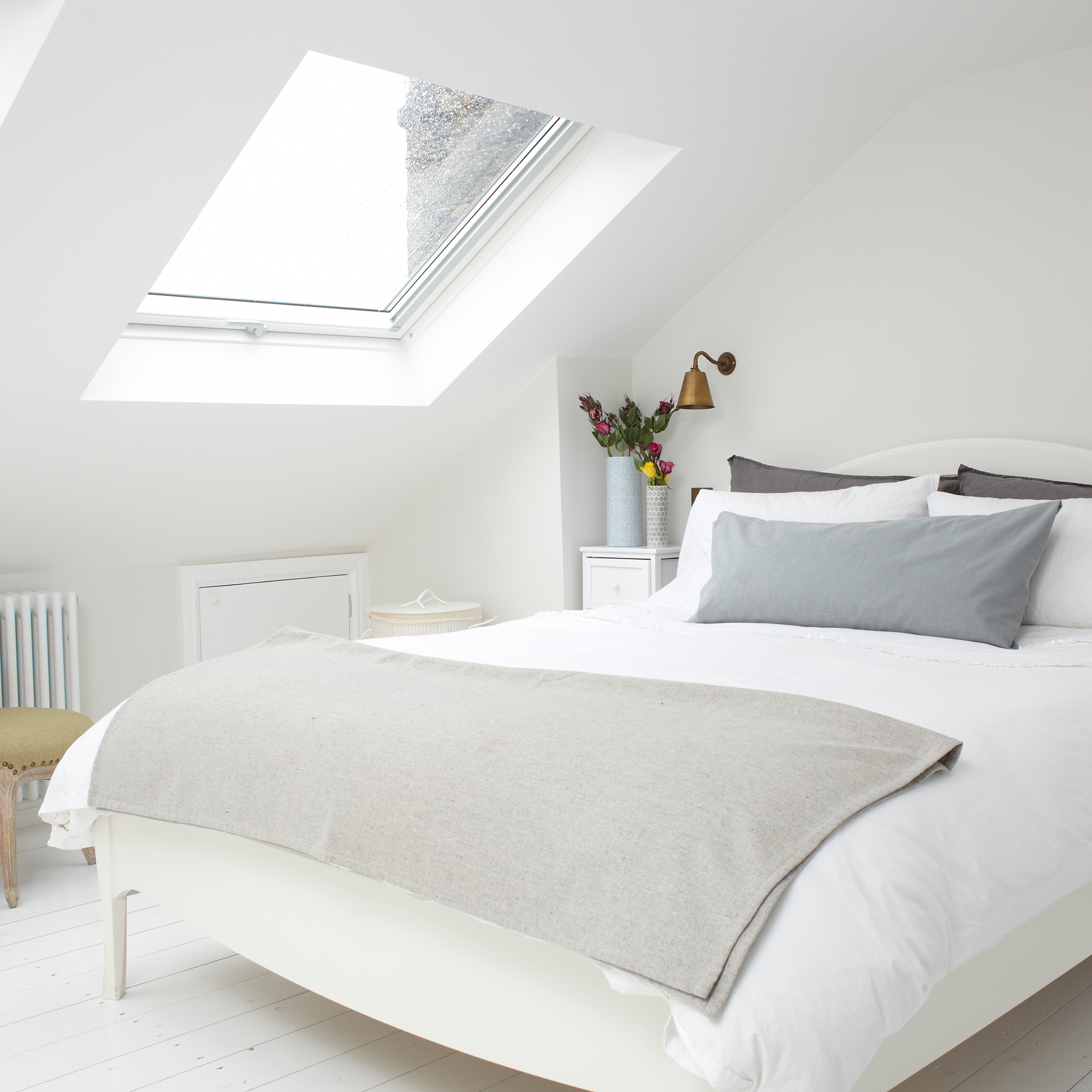
Michael Rolland, Managing Director at The Paint Shed advises, ‘Light colours reflect more light than dark colours. White, beige, pale grey and pastel shades will all brighten up a room. It doesn’t mean that your room has to look boring: pale yellows, greens and blues can create a bright atmosphere to boost your mood.’
‘In the past few years, there has been a trend to paint ceilings in dark or contrasting colours. This works well in bigger spaces, or rooms that will benefit from a cosier feel, but in small or dark rooms this can have the opposite effect. By painting ceilings white you can make the room look taller as well as reflect light further around the space.
'Painting details such as skirting boards, doorways and window frames in contrasting lighter shades can create definition in the room that doesn’t compromise its brightness. Going one shade lighter on these details can trick the eye into thinking the walls are brighter than they are.’
2. Use eggshell paint on walls
Michael Rolland continues, ‘Different paint finishes reflect light in different ways. For example, gloss will reflect more light than matt. Generally, an eggshell finish will reflect more light than satin, but this can differ between brands. Using a mix of finishes can add depth to a space. Try painting walls in an eggshell finish and trim with gloss.’
3. Use mirrors and reflective surfaces
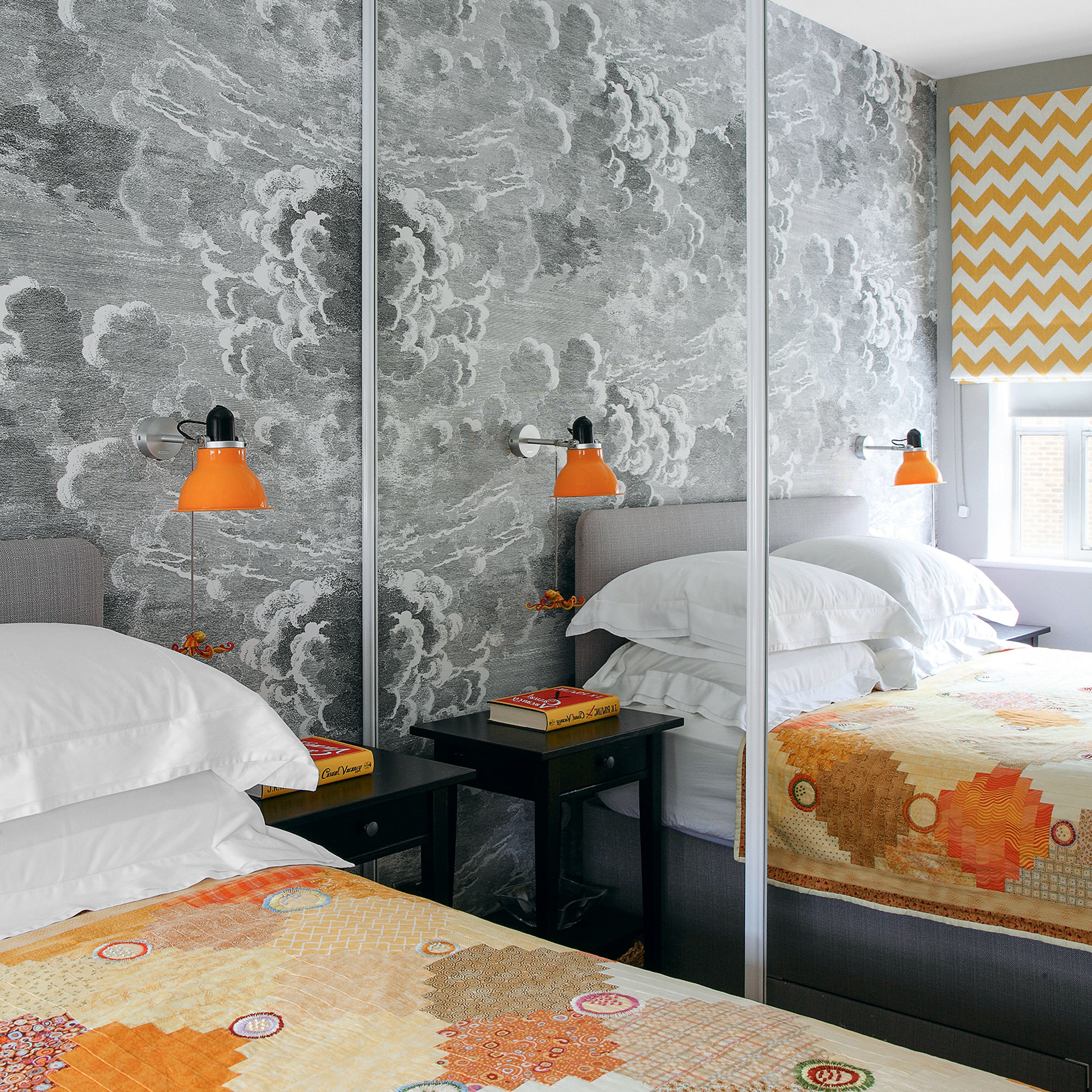
Tasked with making properties more saleable before they’re put on the market, Suzy Maas, a home stager and interior designer, finds that strategically placed mirrors are a key weapon in her arsenal. ‘Mirrors are your best friend when it comes to maximising natural light,’ she says. ‘Placement is key. Position them on walls directly opposite windows to reflect incoming sunlight. Placing them adjacent to windows can also bounce light deeper into the room. Go for decorative mirrors with interesting frames – they double as artwork as well as brightening the room.’
In a kitchen where wall space is used for cabinets, Suzy recommends fitting a mirrored splashback idea.
She continues, ‘The choice of surfaces and finishes plays a pivotal role, too. Light-coloured flooring such as light wood or pale tiles can boost light. Light coloured upholstery and reflective furniture helps: incorporate mirrored or glass coffee tables and side tables to further bounce light around. Glass accessories like vases, crystal chandeliers, and metallic accents like picture frames and trays will all enhance light levels.’

Suzy Maas gained a BA Hons History of Art at the University of East Anglia’s Sainsbury Institute before working as an interior designer for an Italian firm. She founded her home-staging company, The Final Touch, in 1999, helping home sellers in London achieve the maximum price for their properties.
4. Let light move freely

Furniture that is raised off the floor on legs will let light move around a space instead of blocking it, helping it feel more open and spacious. Suzy Maas suggests optimising your furniture placement, too.
‘Avoid placing large pieces in front of window, but arrange furniture to allow for unobstructed light flow. Decluttering makes a difference, too. Visually, a clutter-free room feels more light and open.’
5. Choose light curtain fabrics
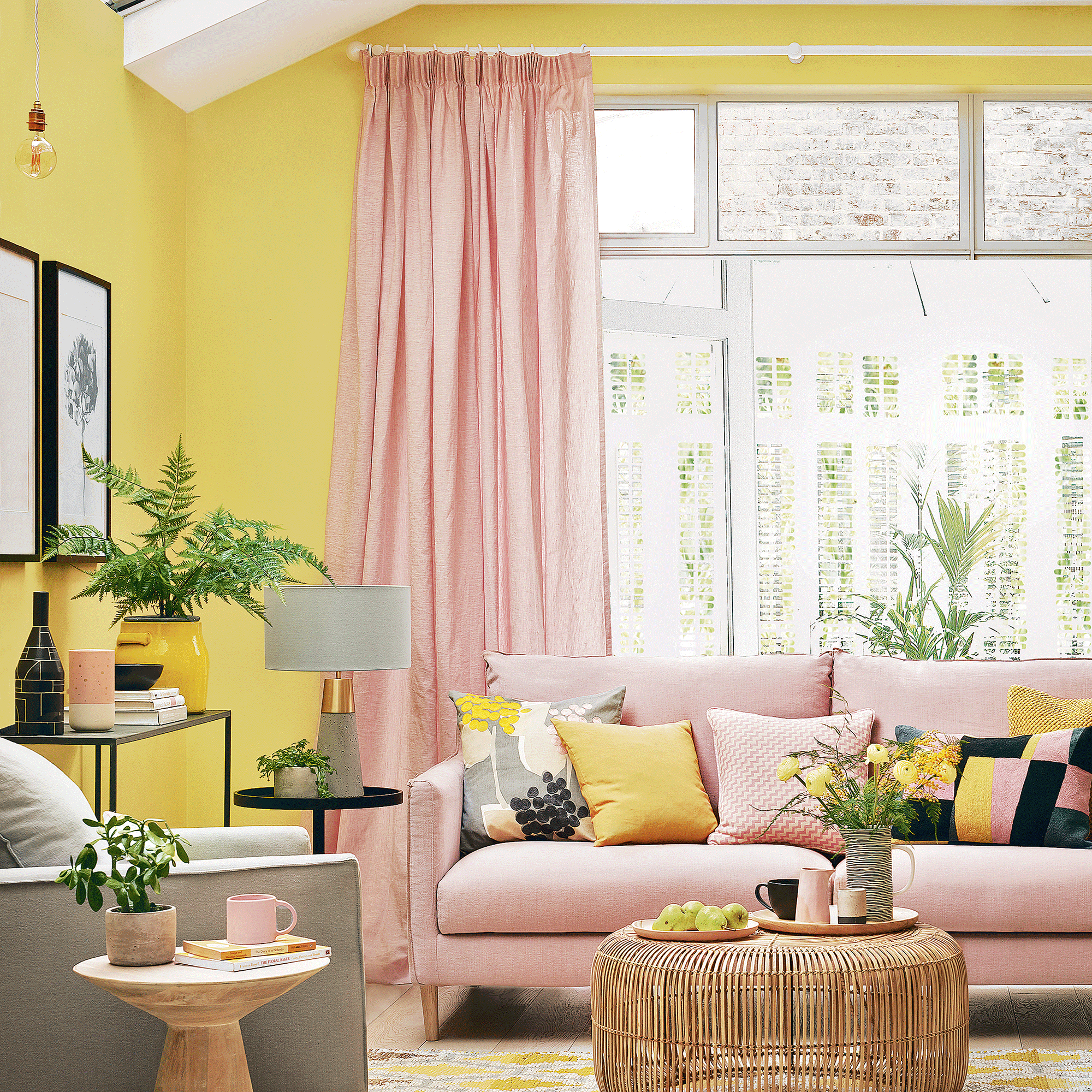
Your curtain ideas will play a key role in letting light into a room. Hillarys advisor Laura Williams says, ‘Sheer or semi-transparent fabrics are perfect for natural light diffusion. Light-coloured and lightweight fabrics, such as linen or voile, are ideal for dark rooms as they reflect and diffuse light effectively.
'Avoid heavy, dark-coloured fabrics that can absorb light. Layering sheer curtains over blinds allows for privacy while still allowing diffused light to enter.’
6. Keep windows unobstructed
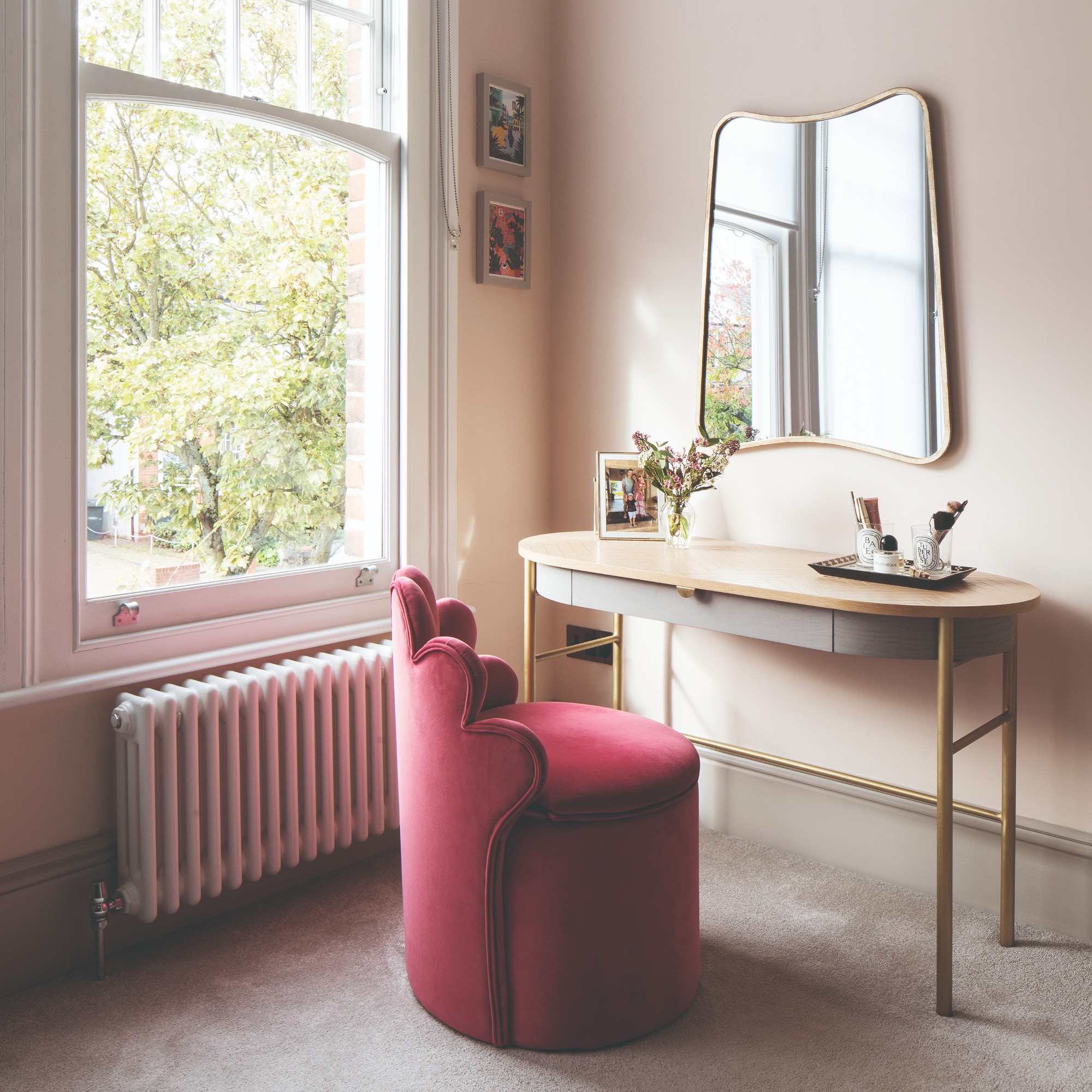
Move furniture away from your windows and choose window dressings that leave as much of the glass uncovered as possible. If privacy allows, leave them bare, or opt for window film, sandblasted glass or café curtains that only cover the lower half of the window. Reflective solar control window film is a brilliant option for bifold doors, allowing you to see out, but nobody to see in.
Laura Williams, also suggests, ‘Hang curtains high and wide. If you have the space either side of your window then getting the pole fitted wider and higher than the window is a great option. This creates the illusion of a taller window and allows more light to enter the room as when the curtains are open the curtain fabric stack will not interrupt the window.
Choose a wave header on your curtain so that the stack of fabric is smaller when it is open. This is a lovely minimal look and a great way to make the most of the space either side of your window. If you prefer blinds, opt for roller or pleated designs that can be fully retracted or raised for unobstructed views and maximum light penetration.’
7. Keep your windows spotless

When it comes to cleaning windows, Carly Bullock, Cleaning buyer at Lakeland says, ‘How often you do it depends on how exposed your house is to the elements, but in general I would say windows need cleaning every three to four months. Do it on a cloudy day – if it’s too warm or sunny, the washing water will dry before the soap has been rinsed off, leaving residue.’
To clean your windows, she recommends using a professional-style squeegee like this one from Lakeland to clean and dry in one. For inaccessible windows, go for an extendable version with an adjustable head and telescopic handle: ‘You can keep the head flat against the surface and rotate it to the desired angle,’ says Carly.
For easily accessible panes, minimise the need for elbow grease with Nilco Nilglass Window & Mirror Cleaner Spray, also available at Lakeland. It’ll take the scrubbing out of removing stubborn marks like bird poo: ‘Leave the Nilglass to soak before wiping clean,’ says Carly.

Carly has worked at Lakeland for 24 years, including 18 as a buyer in baking, casual dining, seasonal, kitchenware and kitchen electricals, as well as cleaning. Her favourite Lakeland products are its handheld vacuum cleaner and the Drysoon heated airer.
8. Swap out solid internal doors for glazed
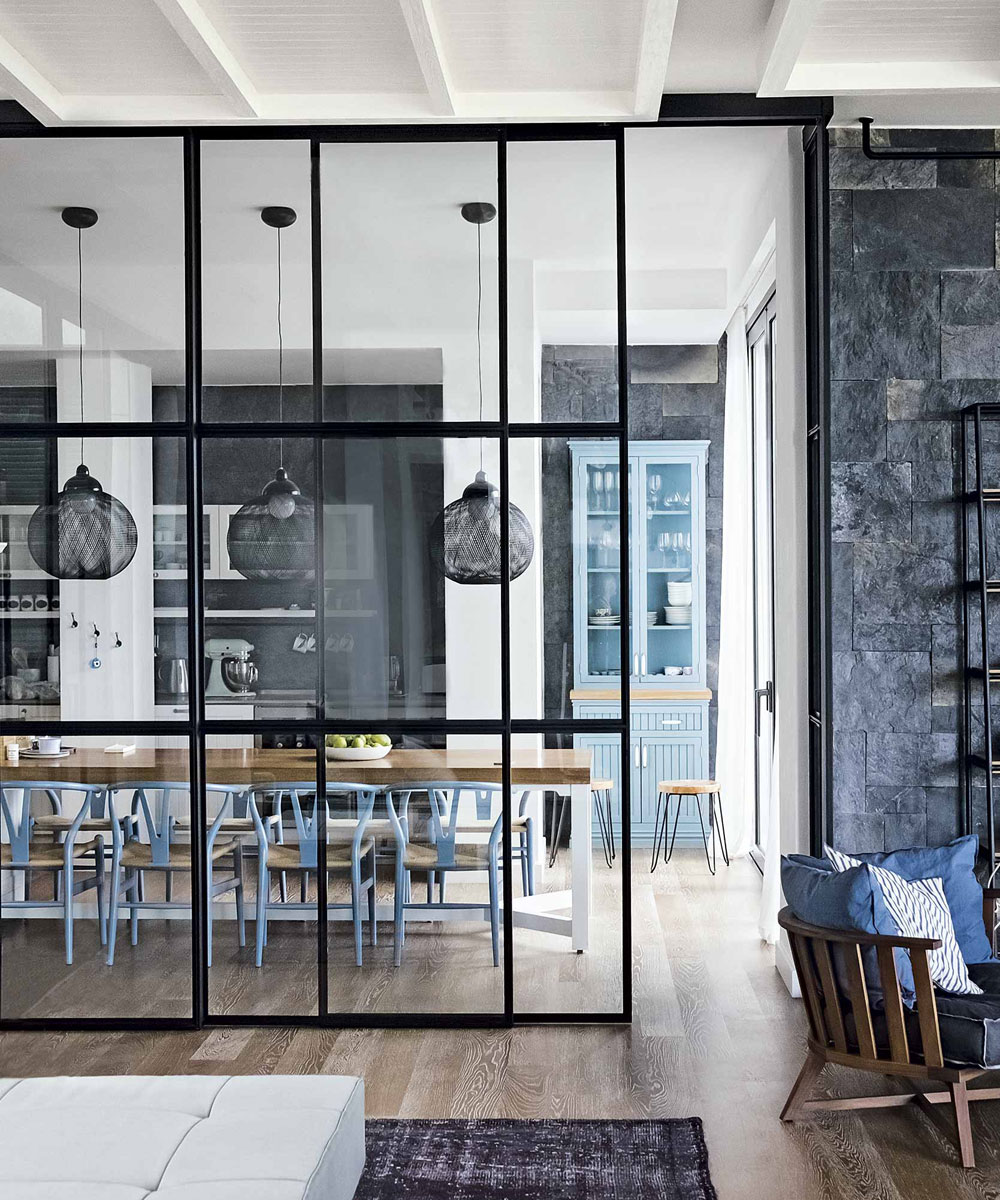
Benedita Veiga, ARB Architect and Associate Studio Manager at Resi says, ‘Changing internal doors can be an easy way to transform a space and make it lighter. A glass door can create a corridor of light that flows between the different rooms. By using different types of glass, distinct atmospheres can be achieved. Frosted glass will keep the privacy of the spaces while allowing the light to travel between them. When the glass is transparent, the doors preserve the definition of the rooms while permitting visual communication.
'A glass door can visually create the sensation of a more open, airy and larger room. Depending on its location, glass doors might need to be fire-rated, which will increase costs. Although internal alterations don’t usually require planning approval (with the exception of Listed Buildings) it will need Building Control sign-off.’
9. Fit a new window
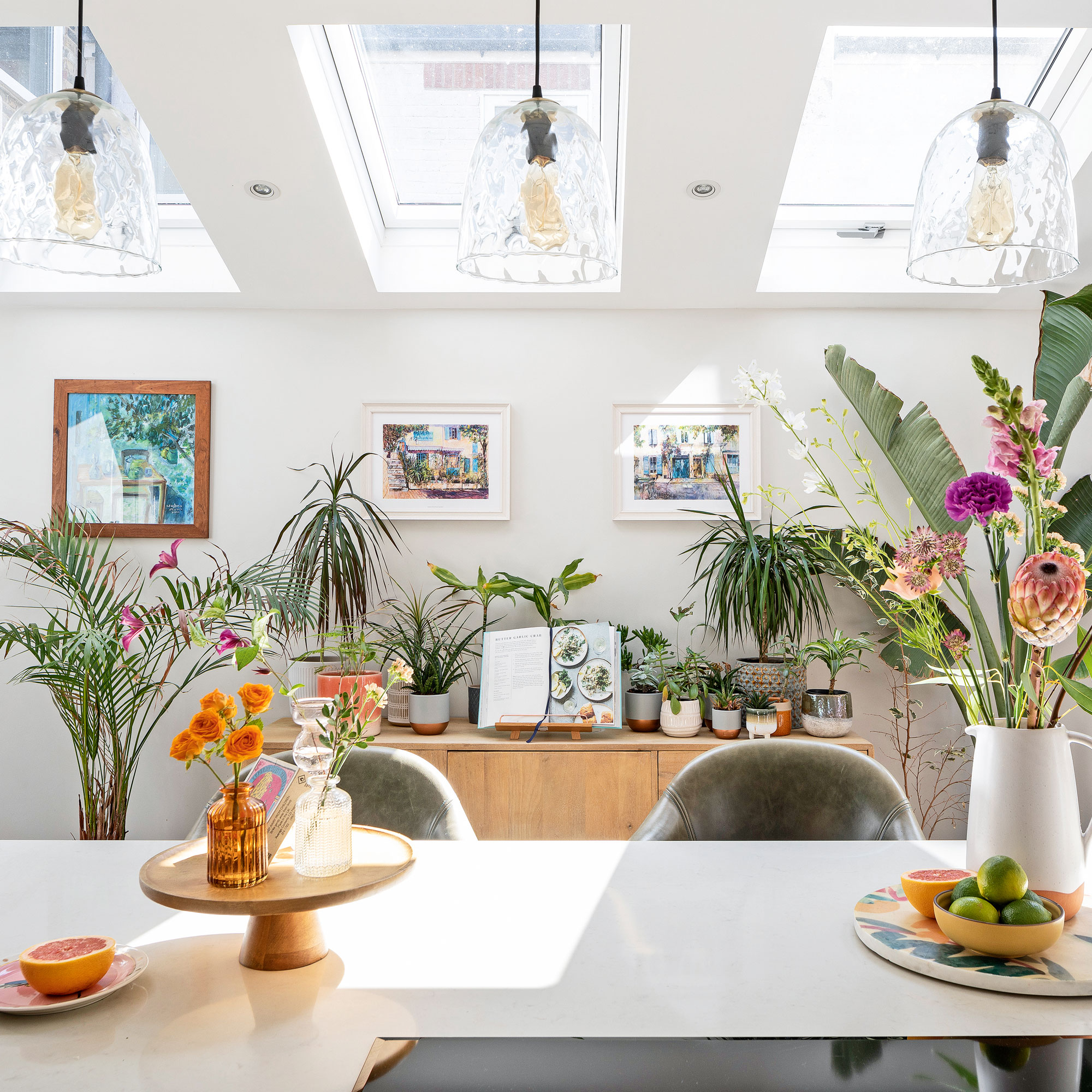
You’ll lose wall space to put furniture against, but putting in a bigger or extra window could add value to your property. Agus Gilardoni, Architectural Designer at Resi advises, ‘A new window can change how we feel about a room. Most cases will require planning permission, so consider its position in the facade and how it could limit your and your neighbours’ privacy. Under Permitted Development, side windows are allowed but must be obscure glazed and only open at 1.7m from the floor level when proposed in the upper floors.
'As a new window requires a new structural opening in the external wall, additional lintels also need to be considered alongside its compliance with the Building Regulations.’
‘A rooflight is an easier way to add light,’ continues Agus. ‘Similar to sun pipes, they bring light to inner rooms on top floors. For rear extensions, they illuminate the deepest parts of an open-plan space. They can be positioned strategically to capture light at peak hours of the day. They can require Planning Permission if Permitted Development rights are not in place, or if the proposed rooflight projects from the roof slope more than 150mm.’
10. Fit a sun pipe
Benedita Veiga advises, ‘A sun pipe is a great way to bring light to internal areas or inner rooms that lack the connection to a window or external door. Usually, it has a discrete appearance on elevation and a low risk of leaks. It is important to consider the length and alignment of the tubing, the additional surrounding insulation it will require and how it can impact the internal spaces that it is going through. The price of sun pipes will vary depending on the roofing contractor appointed and internal refurbishment necessary and can fluctuate between £650 to £2,000.’
FAQs
How do I add natural light to my room?
The quickest ways to boost natural light are to replace heavy curtains with a lighter fabric or fully-retractable roller blind, move furniture away from the window and hang a mirror directly opposite it. If you have more time, painting the walls and ceiling white will help to reflect light, too.
What does natural light do to a room?
Natural light brings warmth and positive energy to a room. It brings colours to life and raises our levels of seratonin, the ‘feel good’ hormone and melatonin for a wide-awake effect.
How can you use natural light in interiors?
Natural light is essential for busy and productive spaces, like kitchens, shower rooms, home offices and craft rooms. In living rooms, dining rooms and bedrooms you need to be able to control natural light to make them feel cosy and relaxing, particularly prior to sleep.
If you plan any home renovations in the New Year, then make it one of these to help boost your wellbeing throughout 2024.

Vanessa Richmond has been a freelance writer, editor and editorial consultant since 2021. Her career in magazines began in 1998 and, apart from a four-year stint at women’s lifestyle magazine Red, it has been spent working on interiors titles including House Beautiful, Country Homes & Interiors and Style at Home. She is a former editor of Ideal Home, Country Homes & Interiors and Style at Home magazines. She has also worked for House Beautiful and Red. During her 25 years as a journalist, she has been a sub-editor, columnist, deputy editor and editor. Now she combines freelance writing with being a secondary-school English teacher.